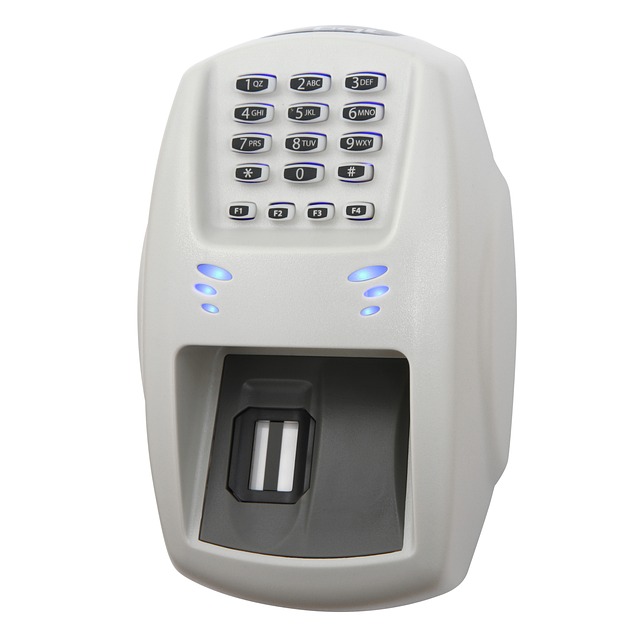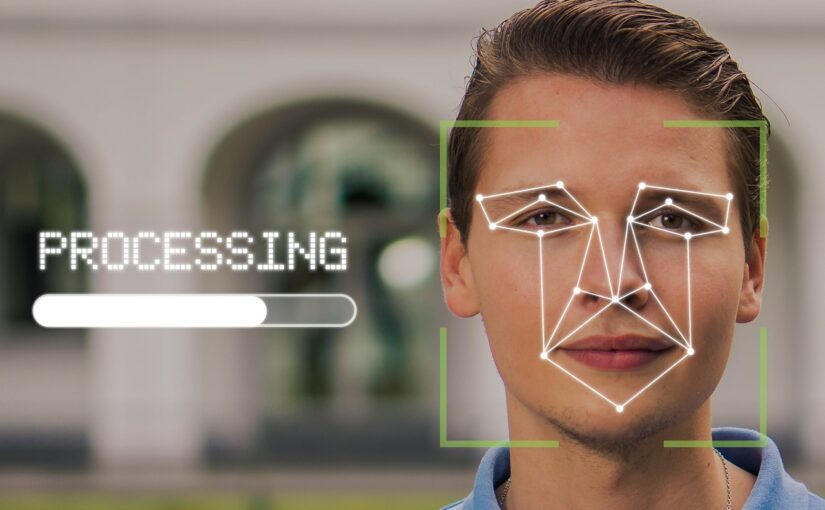In a world where security breaches seem to lurk around every corner, the quest for safer and more reliable identification methods has never been more critical. Enter biometric security technology—once limited to the classic fingerprint scan but now blossoming into a vibrant ecosystem of innovation that transcends our wildest imaginations! From facial recognition unlocking your smartphone instantly to iris scans safeguarding sensitive data in high-security facilities, biometrics redefines how we protect our identities and assets. Buckle up as we journey through cutting-edge advancements and discover what’s next in the realm of personal and organizational security.
What Are Biometric Security Systems?
 Biometric security systems use biological traits like fingerprints, iris patterns, or facial features to authenticate your identity. Unlike traditional security methods like passwords or keys, biometrics rely on something inherent to you, making them harder to replicate or steal.
Biometric security systems use biological traits like fingerprints, iris patterns, or facial features to authenticate your identity. Unlike traditional security methods like passwords or keys, biometrics rely on something inherent to you, making them harder to replicate or steal.
Imagine your phone unlocking with just a glance or your office door opening when you touch it. It sounds like sci-fi, but with biometric systems, it’s very much a reality. These systems capture a biometric sample, analyze it, and match it to stored data to confirm your identity.
How Do Biometric Systems Work?
The Capture
The process begins with capturing your biometric data. This can be done in various ways, such as using a fingerprint scanner, an iris camera, or a facial recognition system. Each of these methods requires specialized hardware to capture your unique traits accurately.
The Analysis
Once the data is captured, it’s converted into a digital format. For instance, a fingerprint scanner will create a digital image of your fingerprint, while facial recognition systems will map out your facial features. This data is then analyzed using sophisticated algorithms to extract key features that are unique to you.
The Matching
After analysis, the system compares the extracted data with the stored biometric data in its database. Access is granted if there’s a match; if not, the system denies access. This process happens in a fraction of a second, making it both quick and efficient.
Benefits of Biometric Security Systems
Enhanced Security
Biometrics offers a higher level of security compared to traditional methods. Passwords can be guessed or stolen, and keys can be lost or duplicated. However, your unique physical traits are much more complex to replicate or steal, making biometric systems a robust option for safeguarding sensitive information.
Convenience
Let’s face it: remembering passwords or carrying physical keys can be a hassle. Biometric systems eliminate the need for these. With a simple scan or touch, you can access what you need without fumbling through your pockets or remembering complex passcodes.
Fraud Prevention
Since biometric data is tied to the individual, it’s much harder for unauthorized users to gain access. This reduces the risk of fraud and unauthorized access, making it an ideal choice for securing high-value assets or sensitive information.
Challenges and Considerations
Privacy Concerns
One of the significant concerns with biometric systems is privacy. Biometric data is incredibly personal, and its misuse can lead to severe privacy breaches. Ensuring that this data is stored securely and handled responsibly is crucial for maintaining user trust.

System Limitations
While biometric systems are advanced, they’re not foolproof. Factors like environmental conditions or physical changes (like a cut on your finger) can affect accuracy. Additionally, some systems might struggle with high volumes of users, leading to potential delays or errors.
Cost
Implementing biometric security can be costly. The technology itself, along with installation and maintenance, requires a significant investment. This might be a barrier to adoption for smaller businesses or individual users.
The Future of Biometric Security Systems
The future of biometric security looks bright. Advances in AI and machine learning are set to enhance the accuracy and reliability of biometric systems. We might see more integration of biometric features in everyday devices, making them even more accessible and user-friendly. In addition, as biometric technology becomes more sophisticated, new types of biometric identifiers could emerge, providing even more options for secure and convenient access.
Biometric security systems are revolutionizing the way we approach security. With their ability to provide enhanced protection and convenience, they’re making traditional methods look increasingly outdated. While there are challenges to overcome, the potential benefits clarify that biometrics are here to stay. As technology continues to evolve, we can look forward to even more innovative solutions that will shape the future of security. So, whether you’re securing your smartphone or office, biometric systems are worth considering for a blend of high-tech security and ease of use.

